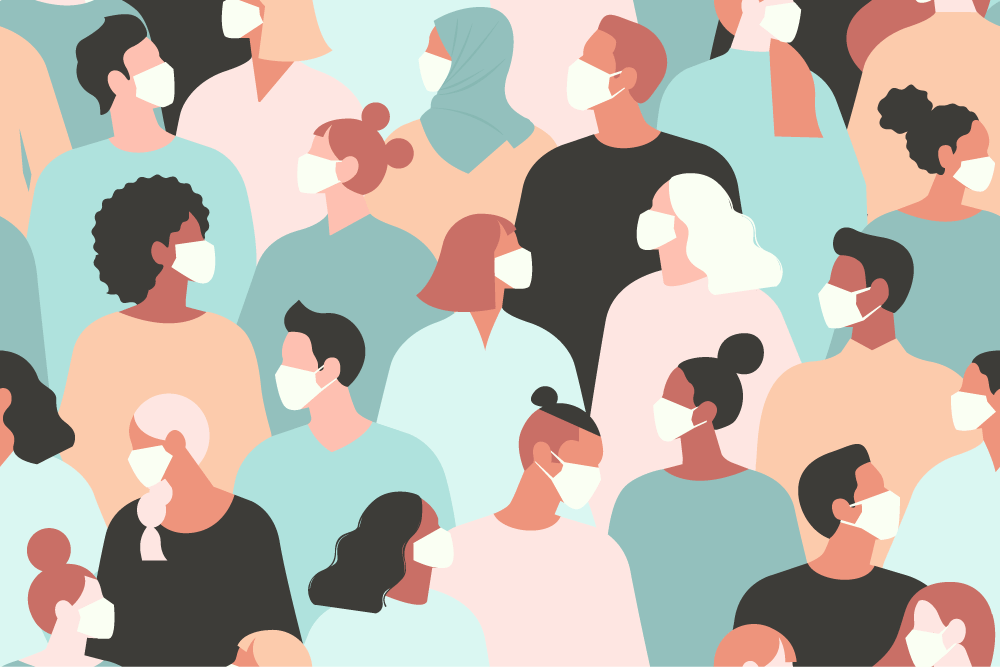As the coronavirus disrupts long-standing structures, new opportunities emerge to position pharmacists as critical contributors to public health.
By Athena Ponushis
Since March, AACP has been working with other national pharmacy organizations, collaborating over weekly calls, to send a unified message to legislators and government officials: Pharmacists are ready to help combat the public health crisis. Expand the authority of pharmacy to take full advantage of the work pharmacists are trained to do.
The greatest success the pharmacy organizations and their government relations teams have seen came in September, when the U.S. Department of Health and Human Services issued guidance authorizing pharmacists to order and administer COVID-19 vaccinations, when made available, to adults and children as young as age three, expanding access to safe and effective vaccines under the Public Readiness and Emergency Preparedness (PREP) Act.
Now those government relations teams are working with Congress to include a provision from the Pharmacy and Medically Underserved Areas Enhancement Act (H.R. 592) in a coronavirus relief package, granting emergency Medicare provider status to pharmacists to provide COVID-19 and flu testing and get paid for it. “Our main goal is to get this provision in a relief package at least for the duration of the public health crisis so people can see pharmacists on the front lines doing this work, see the positive outcomes and change the narrative of the role of the pharmacist,” said Jasey Cárdenas, AACP associate director of strategic engagement. “My hope is that after the public health crisis, pharmacists get more recognition and are able to be utilized to their fullest extent.”
Pharmacy organizations have also started to talk about what the profession might look life after the pandemic because of the collaboration and progress made during these many months. Testing and vaccinations may bring awareness about the role of pharmacists, but some feel testing and vaccines are too narrow an aim, that a greater opportunity lies within the coronavirus crisis. The opportunity that COVID-19 presents may be found in its disruption of healthcare delivery, allowing pharmacists to rethink the contributions they can make to improving the chronic health of the country.
‘It’s a New World in Healthcare’
COVID-19 has caused a rapid deployment of healthcare professionals to meet an acute public health need. While legislators and government officials have deliberated over how to mobilize the healthcare system to respond to this need, pharmacists have pondered how to prepare for it, participate in it and convince the rest of the healthcare system to see the important contribution pharmacists make, not just to this deployment but to all public health initiatives.
Screenings and vaccinations are critical to a COVID-19 response, and all pharmacy schools train student pharmacists to administer screenings and vaccines. But such services are “point-in-time events,” noted Dr. Todd Sorensen, professor and senior executive associate dean for strategic initiatives and faculty affairs at the University of Minnesota College of Pharmacy. A hypothetical patient goes to a pharmacist and receives the COVID-19 vaccine. The pharmacist reports that the patient received the vaccine, but the exchange does not require the collaboration needed to drive the practice transformation that Sorensen sought as AACP’s immediate past president: that 50 percent of primary care physicians will have a formal relationship with a pharmacist by 2025.

